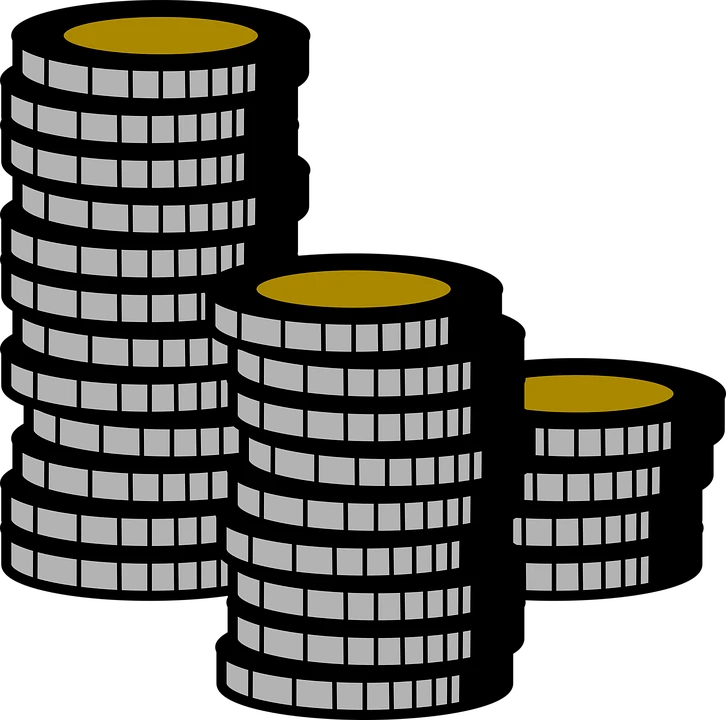
FLARE FALL
Rules PRIMER

Attribute Rolls
When the Plot Twister asks you to make an attribute roll, roll 1d12, and add your attribute to the result.
Pushing your Luck. If the result on the d12 is less than or equal to your luck, you can choose to push your luck. If you do, flip a coin. This will either turn your failure into a success... Or into a mishap. Good luck!
Advantages/Disadvantages. If you have advantage or disadvantage, roll an additional d12, and then take respectively the highest, or the lowest result. If you have multiple advantages or disadvantages, you roll three d12s instead. Advantages and disadvantages cancel each other out.
Crafting
Every item in the game has a crafting recipe made up of two parts: a number of ingredients, and a technology level.
Ingredients
There are 5 types of ingredients:
🛠
Scrap. Metal, plastic, wood, etc. Used to repair vehicles.
🥩
Biomass. Leather, claws, bones, etc. Used to take rests.
🧪
Chemicals. Medical drugs, explosives, etc. Used to craft stims.
📻
Electronics. Switches, cables, etc. Items which include these do not function under sunlight.
⚡
Energy. Deuterium canisters, batteries, etc. Used to power prisms.
Technology Level
There are 5 technology levels:
1
Rudimentary: Anybody can craft this item!
2
Specialized: To craft this item, you need an ability like the specialist perk.
3
Expert: To craft this item, you need a second ability, like the expert perk.
4
Industrial: Crafting this item has become impossible since the Flare!
5
Unknown: Crafting this item wasn't possible before the Flare. You're not sure if those even exist...

Poker Chips. The currency of the wasteland. To get an item's value in Chips, multiply the number of ingredients it takes to craft it by its technology level.
Because of this, being able to craft items allows you to get those items for much cheaper than by buying them.
What can I do on my turn?
Action Points. You have a number of Action Points equal to 10 + your Speed, and regain them at the end of each of your turns. You spend those to take actions, such as:
- movement: 1 AP per meter
- attack: 3 to 6 AP, depending on your weapon
- etc. (see the "Actions in Combat" chapter for more detail!)
Bonus AP. You can have up to 5 "bonus AP". There are two main ways to gain bonus AP:
- At the end of your turn, any unspent AP is transformed into bonus AP for your next turn (up to the max of 5).
- An ally used the assist action on you.
How Attacks Work
When you attack, you roll your weapon's damage dice. Any dice that rolls its maximum value explodes: you roll that die again, and add it to the total.
During your turn, if a creature or object takes enough damage to meet its damage threshold, it loses 1 hit point for each time it met that threshold.
For example:
Let's say a creature with a damage threshold of 10 takes 25 damage over the course of your turn. This means it loses 2 hit points.
Tac-Tip
Sometimes, it's better to spend AP on things other than attacking. For example, let's say you could do three attacks against a creature with a DT of 10, and that after 2 attacks, you've dealt a total of 12 damage.
You could go for a third attack. But if that third attack deals less than 8 damage, it would be wasted... So maybe, in that situation, it's better to save those remaining AP for your next turn, or to help your crew by assisting an ally, grappling, etc.